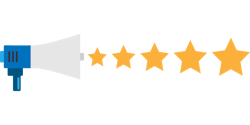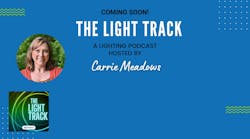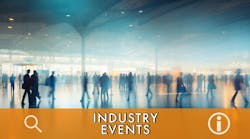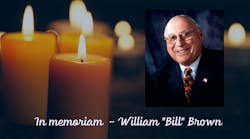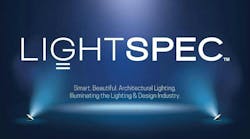In case you didn’t know, the kids these days also call unpopular opinions “hot takes.” Hopefully that doesn’t mean written flamethrowers. Something came loose while I was driving back from lunch, and I have a few comments about themes that emerged during the Strategies in Light presentations.
Is the solid-state lighting revolution over?
No, I don’t think so, but it has and will continue to morph. As some of our industry colleagues have pointed out, the energy efficiency of the LED system for general illumination is no longer in question. However, that doesn’t mean there is no room for improvement in the architecture of LEDs, materials, thermal management, and optics to enable even greater levels of energy efficiency as to the application of the SSL system within indoor and outdoor spaces. Lighting in the built environment will become both more integrated — into the architecture and building systems — and integrative — better glare and flicker control, more customization and dynamic operation for space utilization and occupant preferences, and synchronicity with human physiological needs.
Beautiful design is a wonderful goal. But we need to broaden our definition.
The lighting industry needs to do a better job with the outdoor environment as well as the indoor. We can listen to lighting designers talk about coziness and productivity and beautiful bubbles with natural daylight that we want to spend time working in. But frankly, I believe there is a long way to go yet with municipal and other outdoor area lighting in terms of respecting the local environment, the safety of residents, and equitable distribution of quality light across all economic areas. Luckily, I believe that is possible. I observed during this week’s presentations that efforts are being made by energy authorities, industry advocates, government agencies, industry associations, and utility programs to come up with policies and best practices that will encourage these concepts and make them practicable and even allow for — dare I say — profitability with service models and circular economy strategies that benefit the lighting manufacturing, design, and distribution chain. Beautiful design will not just extend to the aesthetically pleasing but also to the utilitarian in terms of engineering, controllability, and sustainability that aids in decarbonization and reduced waste.
Energy policy is not holding the industry back.
Oh, my. Cue the burned-out incandescent lamps lobbed in my direction. Listening to Wednesday’s panel on policy, codes, and standards, I got a sense of drive and passion from the panelists. Is it strange to get jazzed up over such a discussion? They offered great insight into the process and the purpose of such regulations and policies, and also what the implementation of them means for the lighting industry — especially as several Strategies in Light speakers talked about moving toward grid-connected buildings and funneling energy to and from the building. The panelists indicated this more nicely than I am going to: The only way that policy is going to positively influence the market and its stakeholders is if everyone who has a say in it participates in the process. Public comment periods exist for a reason. Market transformation programs like the DesignLights Consortium open technical requirements for public comment from the industry as well. Standards organizations also go through review cycles. Talk to committee members. Ask about proposals that have implications for business and discuss alternatives. Have a say. Don’t be the citizen who complains about the town watering ban after ignoring missives from the city clerk’s office and town hall meeting opportunities.
It sounds like I’m being negative here, but I’m just feeling sassy for a change. What I’m really seeing from people represented on the conference program is a lot of positive and actionable intel to move this industry forward with collaboration and motivation for improvement.
>> Strategies in Light is available on demand for 60 days.
For up-to-the-minute LED and SSL updates, why not follow us on Twitter? You’ll find curated content and commentary, as well as information on industry events, webcasts, and surveys on our LinkedIn Company Page and our Facebook page.
